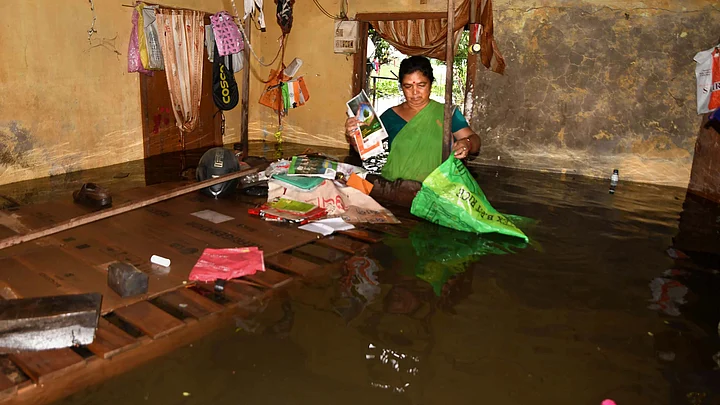Climate Change is the most significant threat multiplier for women with far-reaching impacts on new and existing forms of gendered inequities.
This was revealed in a recent United Nations report presented by Reem Alsalem, a Special Rapporteur on violence against women and girls, to the UN General Assembly.
70% Of Violent Incidents Against Activists are Directed at Women
Amongst women, there are particular groups that are especially vulnerable due to climate events-- women from indigenous communities, elderly women, and women in poverty.
Indigenous women face harassment and violence when fighting for and protecting their community's livelihood which is often heavily dependent on diminishing resources.
Women environmentalists and human rights activists are also vulnerable.
Amongst 122 reported incidents against environmental and human rights activists approximately 70% of them are directed towards women. Within the reported incidents, these crimes have been observed to be largely gender specific.
While much of the report draws conclusions from incidents related to cis women and girls, there has also been an increased amount of discrimination reported against women with different sexual or gender identities. Often these communities are denied aid and resources during extreme climate events.
India has also seen incidents of violence against women in the aftermath of disasters. One example cited in the report is Bihar, where seasonal flooding causes displacement. This leads to poor families moving away from their homes to unsafe shelters, and increases the risk of sexual harassment, physical, emotional and sexual violence.
Women Vulnerable to Violence, Trafficking in a Post-Disaster Scenario
In the context of climate change, the report identified several manifestations of violence against women and girls.
The report claims that both, the climate crisis and loss of biodiversity, have been seen to aggravate gender-based violence, which is further fueled by discriminatory legal systems and an already existing unequal power balance.
In a post-disaster scenario, women's access to institutions and mechanisms that provide assistance for social safety, and reproductive and psychological health, is severely restricted.
Women are also at severe risk of physical and sexual violence after the occurrence of a disaster. This can be triggered by several of factors, such as vulnerability due to displacement, the breakdown of law and order institutions, the lack of safety in emergency shelters.
Limited resources in the face of climate disasters and ecological destructions directly affects women's access to them.
This often forces women to choose between travelling larger distances for better amenities and being vulnerable to physical and sexual assault, or having to use unhygienic or contaminated resources.
Environmental degradation often results in women having to concede to sexual exploitation in exchange for food and natural resources.
There is also an increased risk of being trafficked.
Women and girls are especially vulnerable in emergency shelters and refugee camps where there is a lack of adequate safety measures. Women are trafficked for domestic labour, sexual exploitation and other forms of organized crimes.
Women have also been at an increased risk of domestic violence due to climate change. The slow onset of climate events has aggravated violence in homes. Women have experienced not only intimate partner violence but also violence from other women. This vulnerability exists due to cultural norms, inadequate reporting mechanisms and lack of resources.
(At The Quint, we question everything. Play an active role in shaping our journalism by becoming a member today.)
